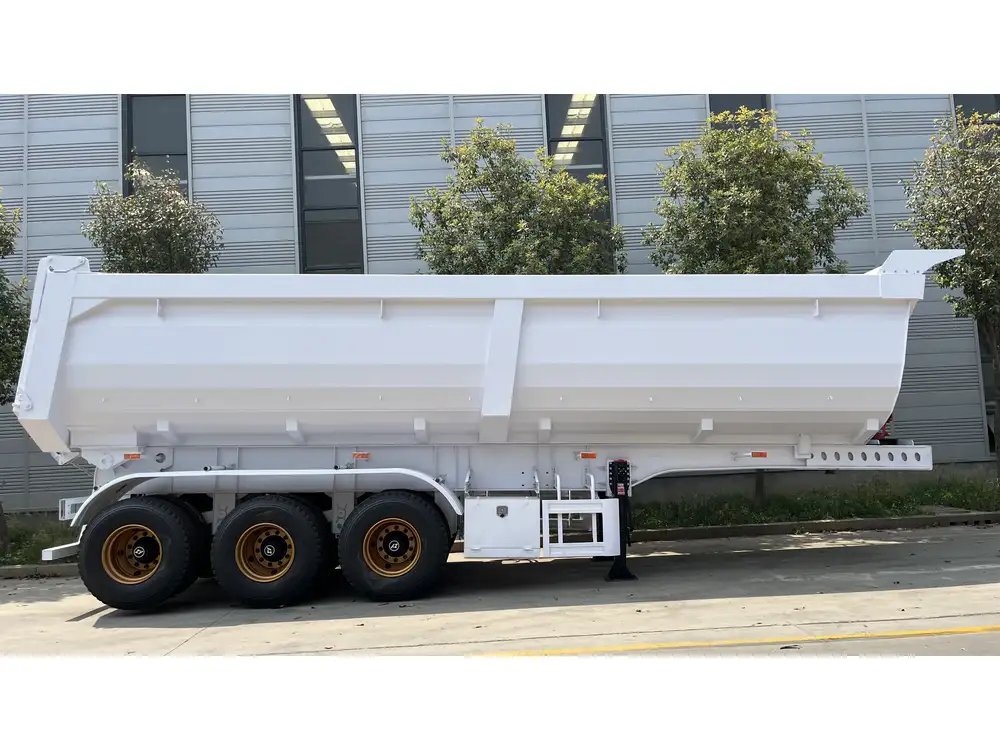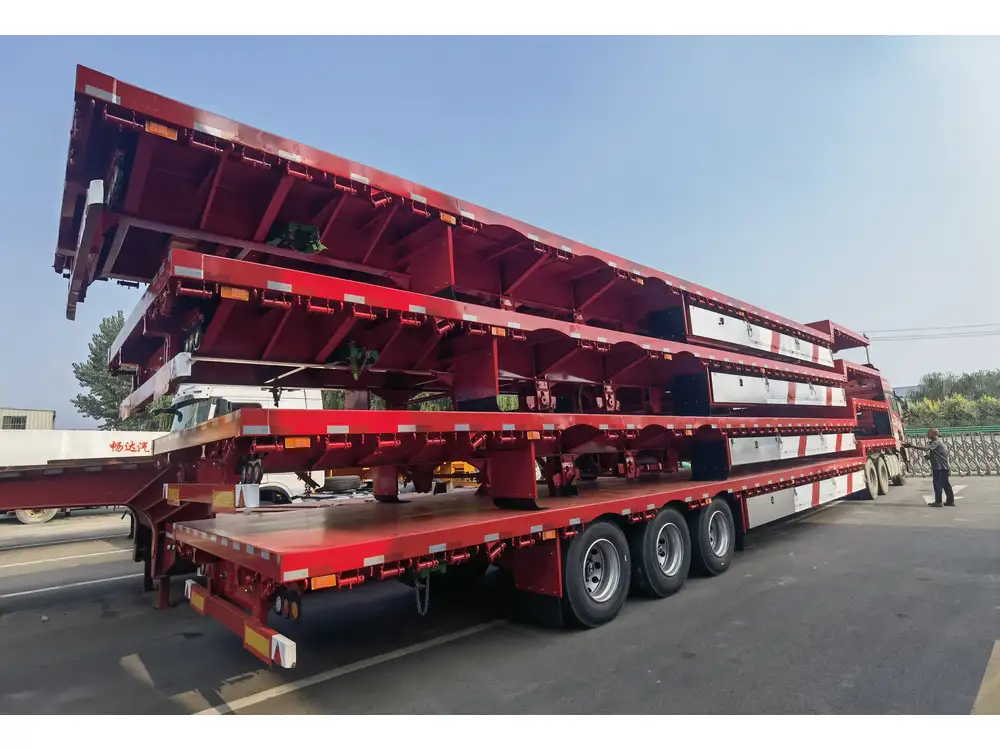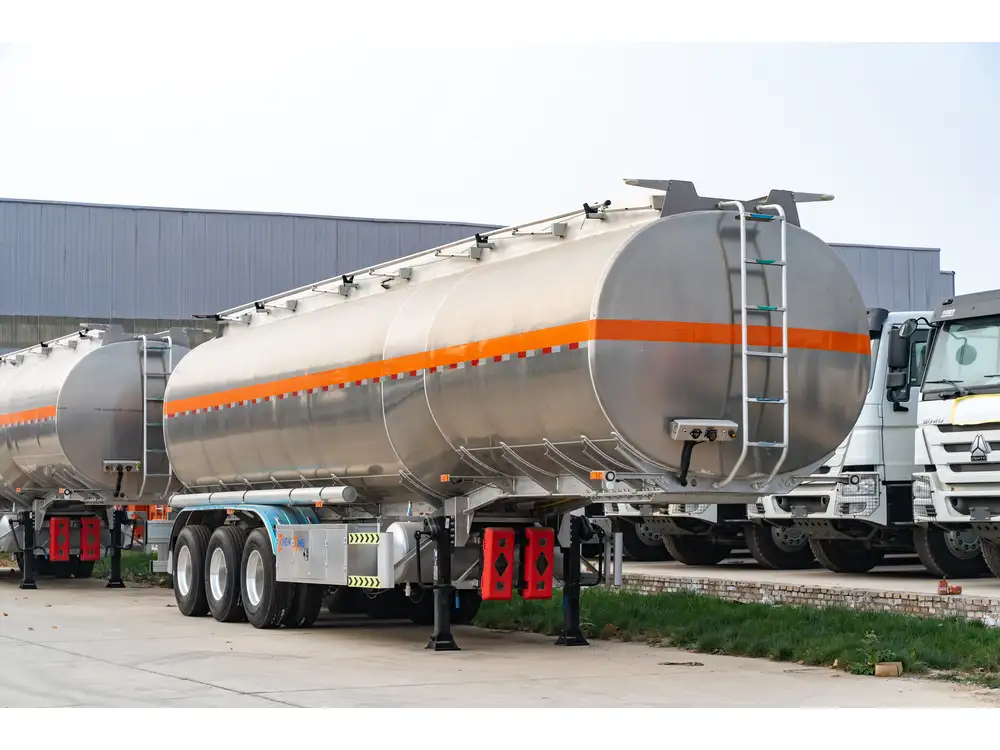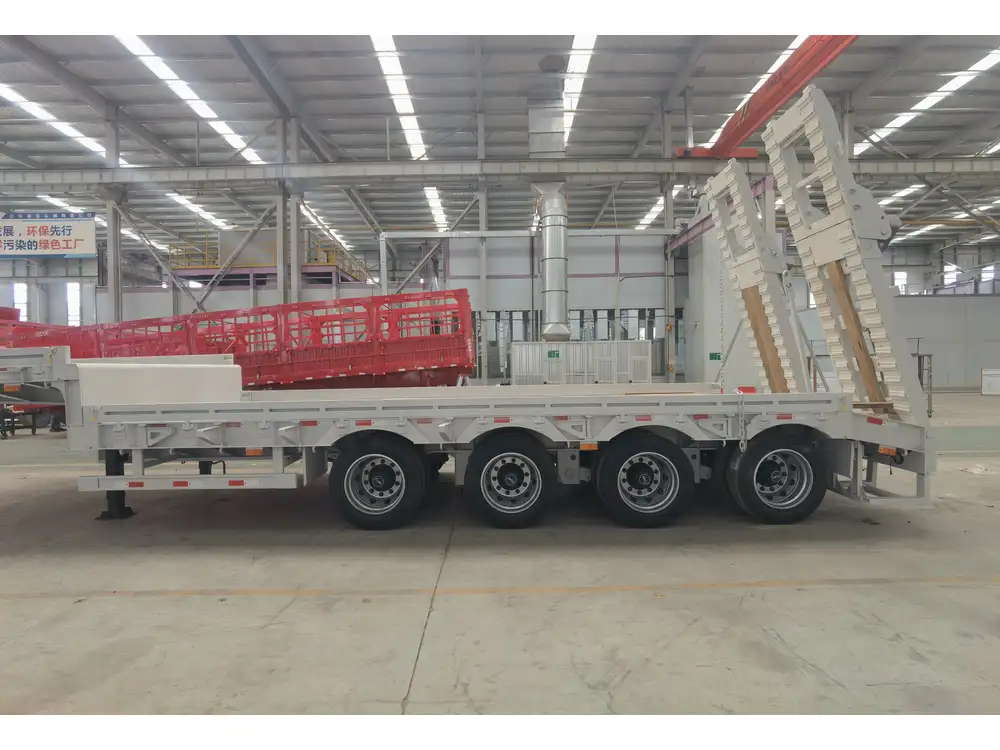Raising a dump trailer is an essential operation, particularly for professionals in construction, landscaping, and agriculture. The ability to efficiently and safely unload materials can save time and reduce physical strain. This guide comprehensively outlines the best practices, considerations, and steps required to raise a dump trailer effectively.
Understanding Dump Trailer Mechanics
Components of a Dump Trailer
Before discussing raising a dump trailer, let’s take a moment to understand its core components:
| Component | Description |
|---|---|
| Hydraulic System | Manages the lifting and lowering of the trailer bed. |
| Power Unit | Typically a pump that powers the hydraulic system, often electric or manual. |
| Frame | Provides the structural integrity of the trailer. |
| Axles | Support the weight of the trailer and its load, enabling mobility. |
| Bed | The flat surface where materials are loaded and unloaded. |

Mechanism of Action
Typically, dump trailers are equipped with a hydraulic lift mechanism. When the operator activates the hydraulic pump, hydraulic fluid is directed into the cylinder, causing the bed of the trailer to raise. Upon release, the hydraulic fluid returns, allowing the bed to lower. Understanding this process is crucial in executing the operation safely.
Step-by-Step Process to Raise a Dump Trailer
Step 1: Preparation and Inspection
Before raising the dump trailer:
- Park on Level Ground: Ensure the trailer is on a stable, level surface to prevent tipping during operation.
- Check for Obstacles: Clear the area of any debris or obstacles that could interfere with the lifting process.
- Inspect Hydraulic System: Look for leaks in the hydraulic lines, check the fluid level, and ensure that the pump and cylinder are functioning correctly.
- Secure the Load: Ensure that the load within the trailer is evenly distributed to avoid imbalance during lifting.

Step 2: Positioning the Vehicle
Align Your Tow Vehicle:
- Back the towing vehicle to the trailer. Ensure that the hitch is properly connected and secured. This is vital for controlling the trailer during all operations.
Step 3: Engaging the Hydraulic System
Activate the Hydraulic System:
- Locate the power switch or control lever for the hydraulic pump. If it’s an electric pump, ensure the battery or power source is connected.
Operational Control:
- For Electric Pumps: Press the button to lift the trailer. Hold until the desired height is achieved.
- For Manual Pumps: Crank the handle in a steady, continuous manner until the trailer reaches the required elevation.
Step 4: Raising the Trailer
Start Lifting:
- Gradually engage the hydraulic mechanism. Monitor the trailer’s ascent closely, watching for any signs of instability or imbalance.
- If the trailer begins to lean, stop the lift immediately and adjust the load’s position before continuing.

Step 5: Releasing the Load
- Position the Trailer: Move the trailer bed over the designated area where you want to unload.
- Lowering the Trailer:
- Gradually release the hydraulic control, allowing the trailer bed to descend slowly. Ensure you maintain control throughout the process to prevent sudden drops.
- Final Adjustments: Once the load has been released, check that all contents have been fully discharged and confirm stability before disconnecting the trailer from the tow vehicle.
Common Issues and Troubleshooting
Hydraulic Failures

Symptoms:
- Trailer fails to lift.
- Uneven lifting from one side.
Solutions:
- Check hydraulic fluid levels and refill if necessary.
- Inspect for leaks in hydraulic lines.
- Ensure control switches are operational.
Mechanical Failures

Symptoms:
- Unusual noises during the raising operation.
- Difficulty maneuvering or controlling the trailer.
Solutions:
- Examine the hydraulic pump and cylinder for damage.
- Look over parts like the frame and axles for signs of wear.
Load Distribution Problems

Symptoms:
- Trailer leans excessively to one side during lifting.
- Unstable operation.
Solutions:
- Redistribute the load evenly across the trailer bed.
- Confirm that the load does not exceed the trailer’s weight capacity.
Tips for Maximizing Efficiency and Safety
- Regular Maintenance: Schedule periodic checks on the hydraulic and mechanical systems to ensure optimal functionality.
- Training Personnel: Ensure that all operators are adequately trained in the operational mechanics of dump trailers.
- Load Management: Always adhere to the manufacturer-specified load capacity to prevent accidents.

Essential Safety Gear
To enhance safety during the operation of dump trailers, consider equipping yourself and your crew with the following:
- Safety Gloves: Protect against cuts and abrasions during maintenance or load handling.
- Steel-Toed Boots: Prevent foot injuries in case of equipment mishaps.
- Hard Hats: Offer head protection from potential overhead hazards.
Frequently Asked Questions
What is the typical load capacity of a dump trailer?
Dump trailers come in various sizes, typically ranging from 3,000 to over 20,000 pounds depending on the model and specs. Always consult your owner’s manual for exact specifications.

How often should I perform maintenance on my dump trailer?
Aim for a thorough maintenance check every season, or after approximately every 1,000 operating hours. Regular checks on hydraulic systems and mechanical connections can prevent unforeseen issues.
Is it safe to lift a dump trailer alone?
Solo operations can be hazardous. It is advisable to have an assistant, especially for heavy loads. They can help monitor the trailer’s balance and provide immediate assistance if issues arise.
Can I modify my dump trailer for additional lifting capacity?
While modifications are possible, they can affect the structural integrity and may void warranties. Always consult with a professional mechanic or the manufacturer before making changes.

Conclusion
Properly raising a dump trailer is a critical skill in various sectors. By following the aforementioned steps, along with regular maintenance and best practices, operators can maximize efficiency while ensuring safety. Understanding the mechanics and being prepared for troubleshooting common issues will greatly assist in the effective use of dump trailers for any project. Remember, safety first—no operation is too urgent when it comes to securing your well-being and that of your team.
Armed with this knowledge, operators can confidently navigate the operational intricacies of dump trailers. For further assistance or detailed inquiries about purchasing or maintaining dump trailers, feel free to reach out to professional manufacturers or service providers.



